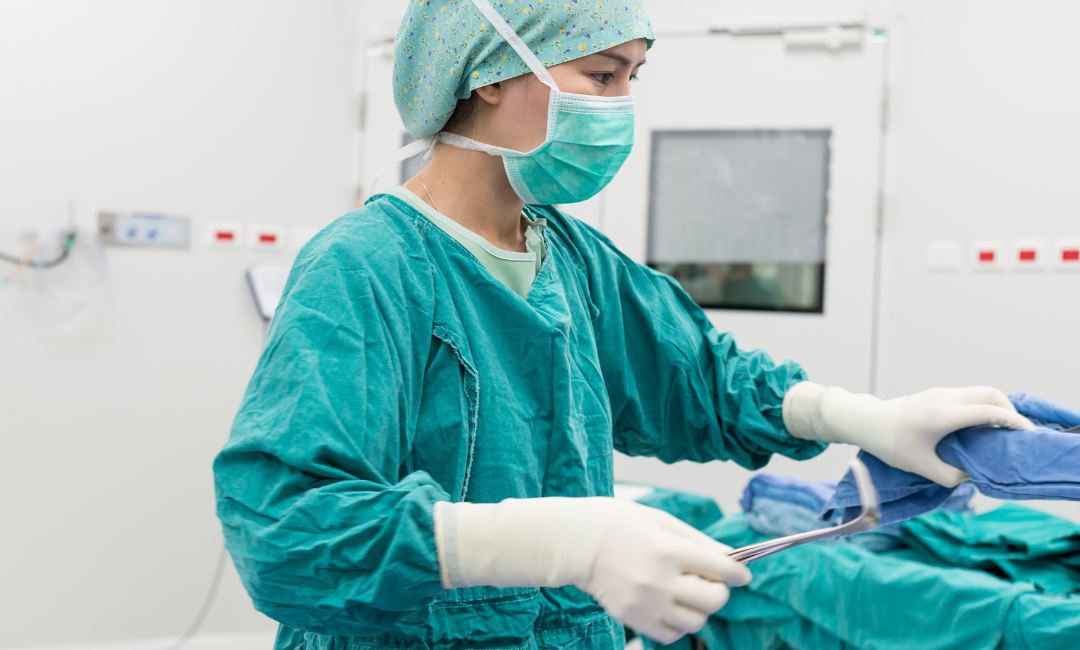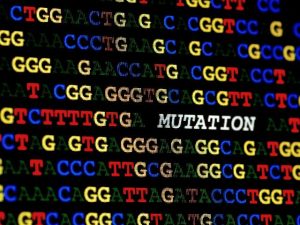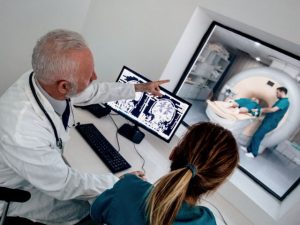Different Types of Sarcoma
Bone
When sarcoma is found in the bones, it’s often called osteosarcoma, but there are many other subtypes of bone sarcoma. It usually affects children and teens but anyone, at any age, can be diagnosed with bone sarcoma.
Unlike metastatic bone cancer, which is bone cancer that started in another organ and spread to the bones, bone sarcoma begins in the bone.
Bone sarcoma can develop in any bone of the body, but it frequently grows in the knees, legs, ankles, shoulders, arms, and wrists.
Soft Tissue
Sarcoma that’s found in soft tissues like the muscles, fat cells, deep skin tissues, nerves, tendons is called soft tissue sarcoma. It affects mostly young adults and older adults, but children can also develop soft tissue sarcoma.
There are over 50 subtypes of soft tissue sarcoma, and they are named based on the tissue that they originate from or mostly look like.
Soft tissue sarcoma can be found in the abdomen, head, neck, and trunk. However, it most often develops in the arms and legs.








